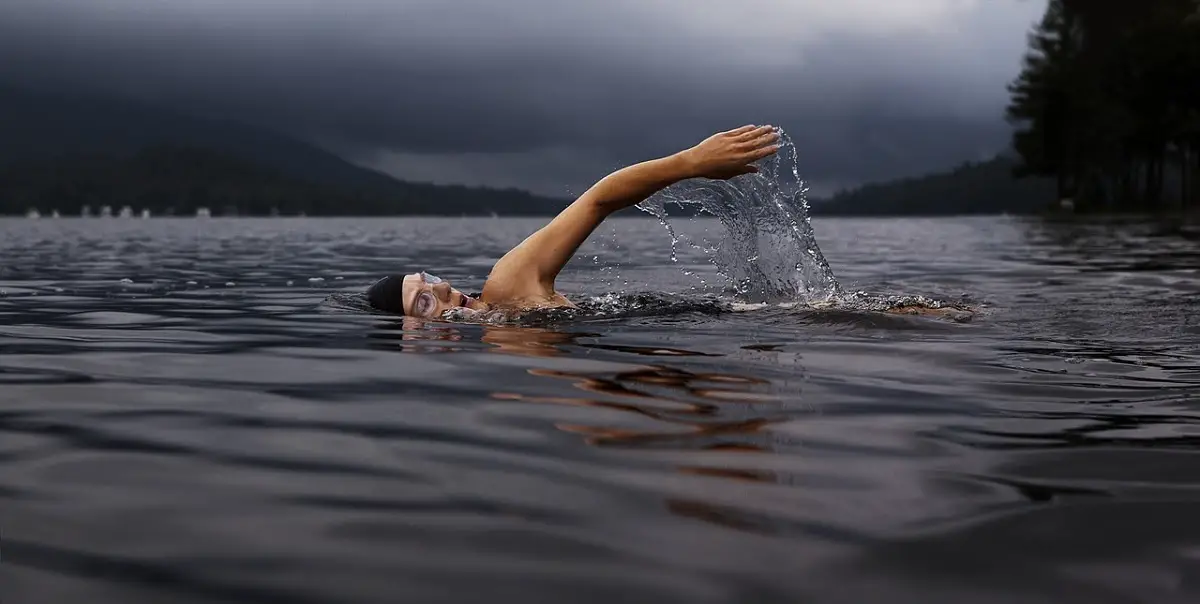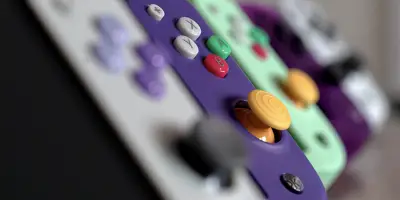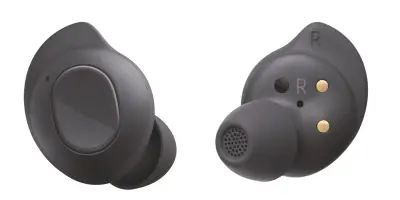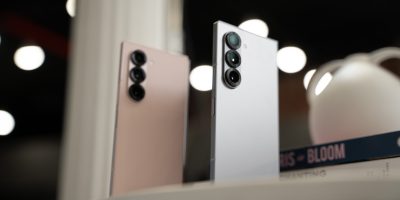Most people need help choosing the right headphones, let alone waterproof headphones. Learn how to choose the right pair with these tips.
For headphones to work well underwater, they need to at least have a watertight seal and waterproof components. Most waterproof headphones, as well as workout headphones, sold on the market have these two basic features.
But how do you know what makes some waterproof headphones better for swimming than others? Why is the IP rating important? Why do waterproof headphones have MP3 players? Should I stay away from Bluetooth headphones for swimming?
Find out the answers to these questions and learn more about shopping for waterproof headphones by reading on.
Minimum IPX8 Rating Needed
The “IP” in IP Rating stands for “Ingress Protection”.
These ratings are an internationally defined standard that determines how effective the seal of electrical enclosures are against intruding foreign bodies and moisture.
The numbers following IP indicate that device’s level of protection. The first number, Intrusion Protection, indicates the degree of protection from foreign bodies and moving parts. The second number, Moisture Protection, indicates the level of protection against moisture in its various forms.
The higher the number of the IP rating, the more protected the headphones are. Sometimes an IP rating might not have an indicated first or second value. In this case, most manufacturers replace the rating with an “X” instead of a “0”. The “X” essentially means the device does not possess the necessary rating to qualify for a particular specification. A good example of this is an IPX8 Rating.
An IPX8 rating in headphones may mean that the headphones do not have a defined protection level against foreign bodies and solid objects. However, the “8” is an indication that the headphones are rated to protect against prolonged periods of immersion in deep waters.
Why Is IPX8 Considered the Minimum for Waterproof Headphones?
In a waterproof headphones’ case, you’re looking for something that seals well against water and when used underwater. IPX8 headphones are rated to protect against long, durable periods of immersion in water. On the other hand, IPX6 and IPX7 headphones are not rated for such use. These types of headphones may offer some degree of water-resistance. However, they are not intended for underwater usage.
Ideally, you’ll want headphones rated for use in waters at least 3 meters deep, especially if you like swimming in the ocean or deeper pools.
The Right Form Factor
Form factor is usually used to describe the size and physical arrangement of a device. In this case, we’re referring to the form factor of waterproof headphones. When swimming, you do not want headphones that may affect your performance? Because of this, you should avoid headphones with long wires or cords to eliminate the risk of tangles while swimming. You should also avoid over-ear headphones for this reason. Over-ear headphones are generally not stable enough to wear during physical activities. They also do not provide enough of a seal while swimming.
What Form Factors are Good for Waterproof Headphones?
In-Ear
In-ear waterproof headphones are usually small and snug enough of a fit to make sure they stay inside your ears while you’re swimming. This helps seal the sound and prevent passing water jostle from loosening the earphones or affecting audio quality.
In-earphones still run the risk of popping out whenever you try to push off or pick up speed when underwater.
Bone Conduction
Bone conduction headphones work by sending vibrations directly to your skull, jaw, and cheekbones. The vibrations then force the cochlear fluid to move, sending signals down to your auditory complex and making you hear sound. Since bone conduction technology transmits via your facial bones, you don’t have to worry about the headphones coming out when you’re swimming. Unfortunately, the open-ear design of bone conduction headphones means that they are not ideal for use in loud environments.
Built-in MP3 Player
Waterproof headphones do not usually come with Bluetooth. Instead, most come with built-in MP3 players. Ideally, you want waterproof headphones that come with anywhere between 2GB and 4GB of storage. This is because 1GB is good for roughly 312 songs. Also, battery life should at least be around 5 hours, so that it can last long enough for long swimming sessions without forcing you to recharge. When you do need to recharge, try to clean the charging ports after every session as chlorine exposure and build-up can cause scaling.
Why Is Bluetooth Terrible Underwater?
Bluetooth, much like other common wireless technologies like phones and Wi-Fi, operates on the 2.4 GHz range. Because water has a high attenuate of these frequencies, the typical operating range of Bluetooth devices, which is usually below 10 meters, is minimized to a mere few inches. For this very reason, Bluetooth becomes impractical for this particular application.
Conclusion
The market is swimming with waterproof headphones (get it?).
Thanks to our guide, you won’t have to worry about making the wrong choice. No doubt, you will have a much easier time shopping for the best waterproof headphones for swimming now than before you gave our guide a read.
So, what are you waiting for? Buy your very own pair of waterproof headphones today and never be afraid of taking a splash while listening to your favorite tunes ever again!











Comments